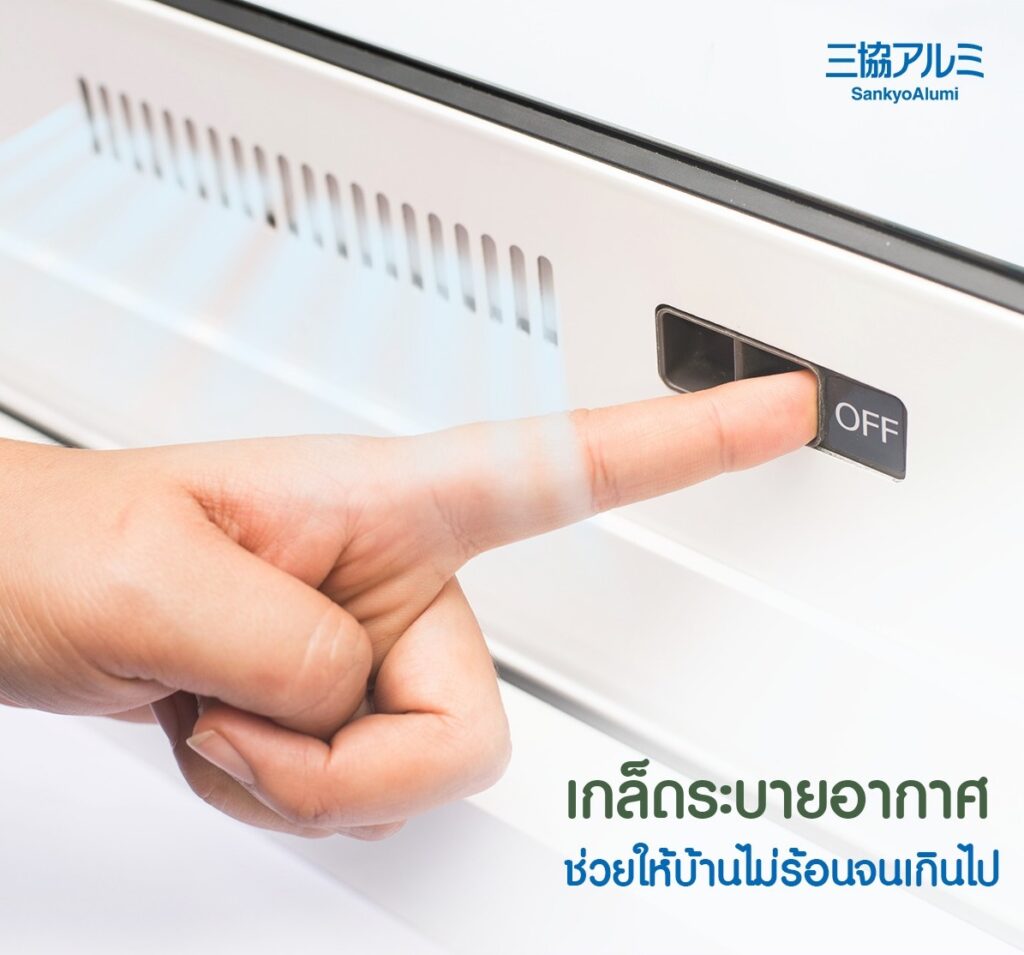Sankyo Aluminium offers a variety of ventilation rails for its windows and doors. These rails allow for the controlled ventilation of air, which can help to improve the indoor air quality and reduce the risk of condensation.
The ventilation rails are available in a variety of sizes and styles to suit different needs. They can be installed in both horizontal and vertical positions.
Here are some of the benefits of using ventilation rails:
- Improved indoor air quality: Ventilation rails can help to improve the indoor air quality by providing a way for fresh air to enter the home. This can help to reduce the levels of pollutants and allergens in the air.
- Reduced risk of condensation: Ventilation rails can help to reduce the risk of condensation by providing a way for moisture to escape from the home. This can help to prevent the growth of mold and mildew.
- Increased energy efficiency: Ventilation rails can help to increase the energy efficiency of the home by allowing for the controlled ventilation of air. This can help to reduce the amount of energy needed to heat and cool the home.
If you are looking for a way to improve the indoor air quality, reduce the risk of condensation, and increase the energy efficiency of your home, then ventilation rails are a great option.
Here are some of the factors to consider when choosing a ventilation rail:
- Size: The ventilation rail should be the correct size for the window or door.
- Style: The ventilation rail should be the style that you prefer.
- Material: The ventilation rail should be made from a durable material that can withstand the elements.
- Installation: The ventilation rail should be easy to install.
Once you have considered these factors, you can choose the ventilation rail that is right for you.
Here are some of the different types of ventilation rails available from Sankyo Aluminium:
- Fixed ventilation rails: These rails are fixed in place and cannot be opened or closed. They are a good option for homes where there is a need for constant ventilation, such as in kitchens and bathrooms.
- Sliding ventilation rails: These rails can be opened and closed to allow for the controlled ventilation of air. They are a good option for homes where there is a need for occasional ventilation, such as in bedrooms and living rooms.
- Tilting ventilation rails: These rails can be tilted to allow for the ventilation of air. They are a good option for homes where there is a need for both ventilation and security, such as in offices and shops.
Once you have chosen the type of ventilation rail that you want, you need to choose the size and style that you prefer. The size of the ventilation rail should be the same size as the window or door that it is going to be installed in. The style of the ventilation rail should match the style of the window or door.
Finally, you need to choose the material that the ventilation rail is made from. The most common materials for ventilation rails are aluminum and steel. Aluminum is a lightweight material that is easy to install. Steel is a more durable material that can withstand the elements.
Once you have chosen the material, you can install the ventilation rail. The installation process is usually simple and can be done by a DIYer.
Ventilation rails are a great way to improve the indoor air quality, reduce the risk of condensation, and increase the energy efficiency of your home. If you are looking for a way to improve your home’s ventilation, then ventilation rails are a great option.



